Compression socks are essential for runners, enhancing performance and recovery. They improve circulation, reduce muscle fatigue, and speed up recovery. This article covers why they’re vital and how to choose the right pair.
Why Compression Socks Are Essential for Runners
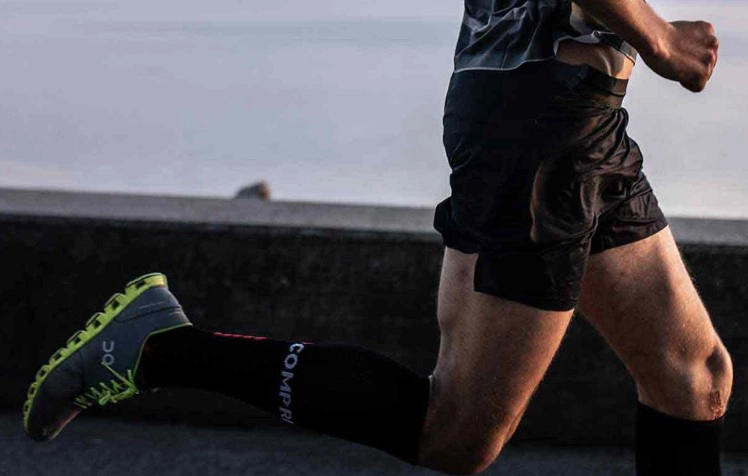
Compression socks are essential for runners, offering more than comfort – they improve performance, reduce fatigue, and speed up recovery. By applying controlled pressure, they enhance blood flow, reduce swelling, and prevent injuries like shin splints. Whether you’re a casual runner or marathoner, the right compression socks can make a big difference. In this article, we’ll explore the key features and benefits of compression socks to help you choose the best pair for your running needs.
How Compression Socks Work & Prevent Injuries
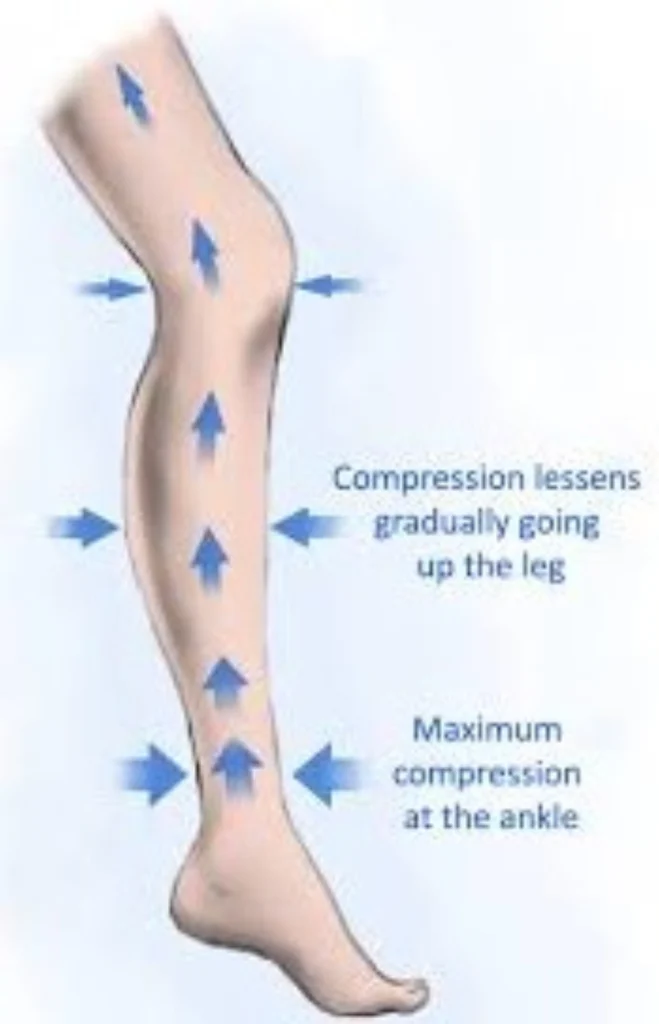
Compression socks apply graduated pressure, tighter at the ankle and looser toward the calf and thigh. This pressure improves circulation, helping blood flow back to the heart, reducing pooling in the lower legs, and delivering more oxygen to muscles. Better circulation means greater endurance and less swelling during and after runs.
Beyond circulation, compression socks provide targeted muscle stabilization. By reducing vibration and keeping muscles and joints aligned, they lower the risk of overuse injuries like shin splints, calf strains, and knee pain. This support also minimizes soreness and fatigue, helping runners recover faster and stay consistent in training.
| Feature | Benefit | Impact on Running |
|---|---|---|
| Graduated Compression | Tighter at the ankle, looser at the calf | Improved blood flow to muscles |
| Muscle Support | Reduces muscle vibration and fatigue | Reduces soreness and swelling |
| Oxygen Delivery | Enhanced circulation to muscles | Increased endurance and performance |
Key Features to Look for in Running Compression Socks
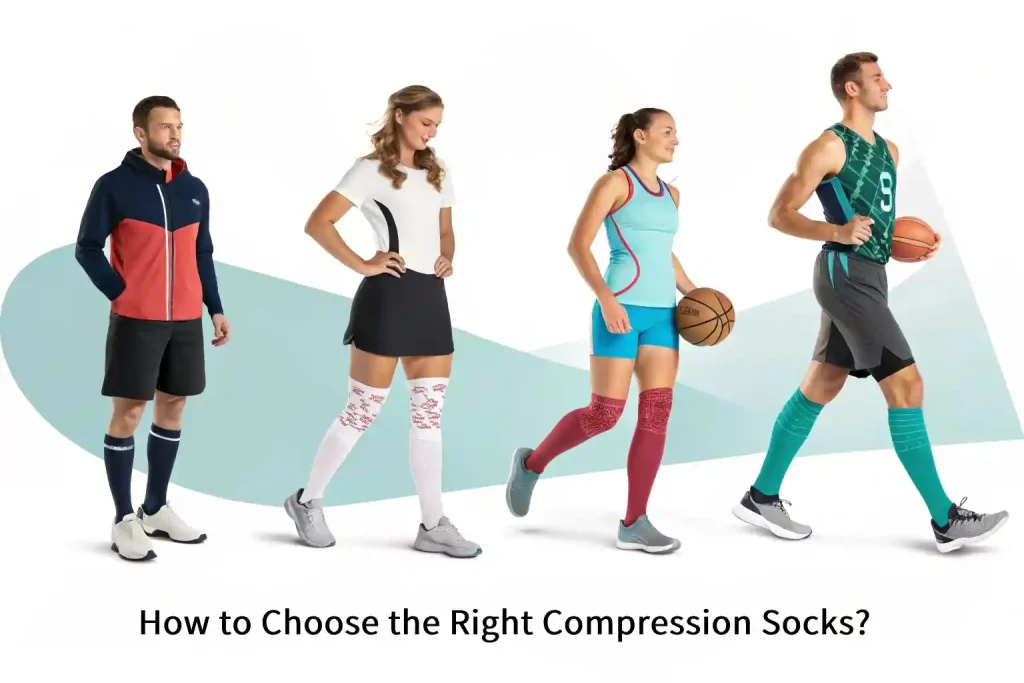
Choosing the right compression socks can greatly impact your running experience. Key factors include compression level, material, and fit.
Compression Level (mmHg)
Compression socks vary in pressure, measured in mmHg. For light runs, 15-20 mmHg is sufficient, but for long-distance runs or intense training, socks with 20-30 mmHg are recommended. Higher compression improves circulation and reduces muscle fatigue.
Material Choices for Comfort
The material is crucial for performance. Opt for moisture-wicking fabrics like nylon, spandex, or merino wool. These materials keep your feet dry and cool, ensuring comfort during intense runs.
Fit and Sizing for Optimal Performance
Compression socks should fit snugly without being too tight. The right fit ensures that the socks provide the correct amount of pressure to improve circulation without causing discomfort or cutting off blood flow. Be sure to check the manufacturer’s sizing chart to ensure the socks will fit properly, especially if you’re purchasing them online.
Tips: Avoid These Common Mistakes When Choosing Compression Socks
- 🧾 Wrong Compression Level
15–20 mmHg is ideal for daily or short runs, while 20–30 mmHg works better for long-distance and recovery. - 📏 Poor Fit
Socks should be snug but never cut off circulation—always check the sizing chart. - 🧵 Low-Quality Materials
Pick breathable, moisture-wicking fabrics to keep your feet dry and comfortable.
| Feature | What to Look For | Impact on Running |
|---|---|---|
| Compression Level | 15-20 mmHg for light runs, 20-30 mmHg for intense runs | Increased blood flow and performance |
| Material | Moisture-wicking fabrics (nylon, spandex) | Comfort and breathability |
| Fit | Snug, but not too tight | Optimal pressure for circulation |
Best Compression Sock Materials for Runners

When choosing compression socks for running, the material plays a crucial role in comfort, performance, and durability. Not all materials are created equal, and each type offers specific benefits that can enhance your running experience. Let’s break down the most popular materials used in running compression socks.
Synthetic Fibers (Nylon, Spandex, Polyester)
Synthetic fibers are the go-to material for running socks because of their durability and moisture-wicking properties. These materials are excellent at pulling sweat away from the skin and keeping your feet dry during runs. Nylon and polyester are both breathable and lightweight, while spandex provides the necessary stretch for a snug, supportive fit. The combination of these materials makes synthetic compression socks durable, breathable, and comfortable – all critical factors for any runner.
Merino Wool
Merino wool is a natural fiber that is prized for its ability to regulate temperature and wick moisture away from the skin. Merino wool is an ideal material for compression socks, especially for runners who train in varying temperatures. In hot weather, merino wool keeps your feet cool by drawing moisture away, while in cold conditions, it provides warmth. It’s also soft and gentle on the skin, making it a great choice for runners who are prone to irritation or blisters.
Performance Blends
Many top brands use performance blends that combine the best features of synthetic fibers and merino wool. These blends are designed to maximize the performance of compression socks, providing both moisture-wicking properties and temperature regulation. Performance blends offer the softness and breathability of merino wool combined with the durability and stretch of synthetic fibers. These socks are versatile, allowing you to use them in a variety of weather conditions and across different types of runs.
| Material | Benefits | Best For |
|---|---|---|
| Synthetic Fibers | Durable, moisture-wicking, breathable | Hot weather, long runs |
| Merino Wool | Temperature regulation, moisture-wicking | All-season running |
| Performance Blends | Soft, breathable, versatile | Mixed conditions, comfort |
What Runners Should Know About Compression Levels
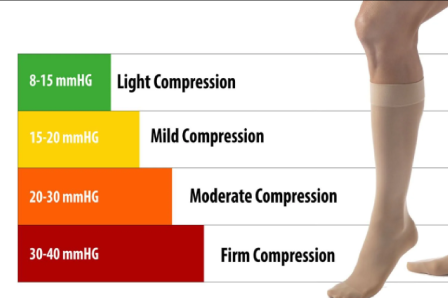
Compression socks come in different levels (15–20 mmHg, 20–30 mmHg, 30–40 mmHg), and choosing the right one depends on your running intensity and recovery needs. Lower levels work well for light runs and daily support, while higher levels are better for long-distance training and faster recovery.
👉 Want a full breakdown? Check our detailed guide on compression sock levels for runners to find the perfect fit.
| Compression Level | Uses | Best For |
|---|---|---|
| 15-20 mmHg | Light compression for general fatigue support | Short runs, daily wear |
| 20-30 mmHg | Moderate compression for muscle support | Long-distance running |
| 30-40 mmHg | High compression for recovery and endurance | Marathon, intense training |
How to Properly Wear and Care for Compression Socks
To get the most from your compression socks, wear them during long runs and for a few hours afterward to support recovery. For care, wash in cold water, air-dry, and avoid fabric softeners to maintain elasticity. Store in a cool, dry place to keep them in top shape.
👉 Want a full guide? Check out our detailed article on How to Wear and Care for Compression Socks.
| Care Tip | Best Practice | Why It Matters |
|---|---|---|
| Wear During Runs | Apply socks before your run | Enhances circulation |
| Air Dry | Do not use a dryer | Prevents wear and tear |
| Wash in Cold Water | Use a gentle cycle without fabric softener | Maintains elasticity |
| Proper Storage | Store in a dry, cool place | Keeps socks in good shape |
Top Brands Offering the Best Compression Socks for Running
CEP – A top choice for marathoners and long-distance runners. CEP’s socks provide targeted compression and excellent breathability.
2XU – Popular among endurance athletes. Known for strong graduated compression and muscle support, ideal for training and recovery.
Sockwell – Affordable and reliable. Made with merino wool blends, offering comfort, durability, and moderate compression.
Allbirds – Sustainable option for eco-conscious runners. Crafted from merino wool and recycled materials.
Customer Testimonials: What Runners Are Saying
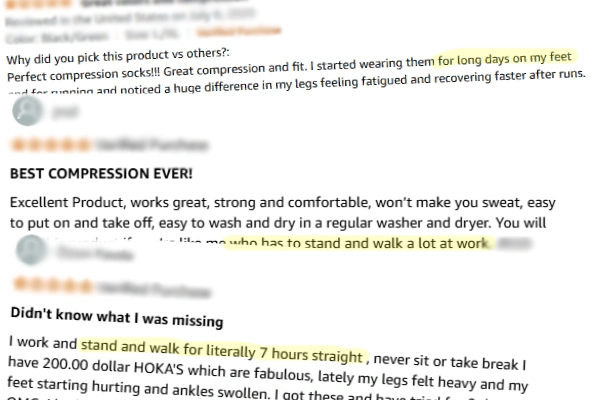
Customer testimonials provide valuable insights into the effectiveness of compression socks for running. Many runners have shared their positive experiences with compression socks, highlighting the benefits they provide during runs and in recovery.
Positive Reviews
Runners who use compression socks often praise them for their ability to reduce muscle soreness and improve endurance. Many marathoners have reported that wearing compression socks during long races helped them finish strong with less fatigue and discomfort.
Negative Reviews
However, some runners mention that compression socks can feel too tight or uncomfortable if the wrong size is selected. It’s important to find the right fit to maximize the benefits of compression socks. Runners who choose poorly fitting socks may experience discomfort or lack of support.
| Need | Best Compression Socks Features | Example Brands |
|---|---|---|
| Long-Distance Running | Higher compression (20-30 mmHg), cushioning | CEP, 2XU |
| Short Runs | Moderate compression (15-20 mmHg) | Sockwell, Saucony |
| Recovery | Compression for muscle repair | 2XU, CEP |
FAQs
What are compression socks and how do they help runners?
Compression socks apply pressure to the legs, improving circulation and reducing muscle fatigue, helping runners perform better and recover faster.
How do compression socks work to improve circulation?
Compression socks provide graduated pressure, helping blood flow back to the heart and enhancing oxygen delivery to muscles, reducing swelling and fatigue.
How do I know which compression socks are best for me?
Choose compression socks based on your running goals, the distance you run, and the level of support you need. Higher compression is best for long-distance runners.
Can compression socks prevent injuries in running?
Yes, compression socks help stabilize muscles, reduce vibration, and improve blood flow, which can prevent injuries like shin splints and calf strains.
How do I take care of my compression socks to ensure they last?
Wash in cold water, air dry, and store in a cool, dry place to maintain the elasticity and effectiveness of your compression socks.
Conclusion
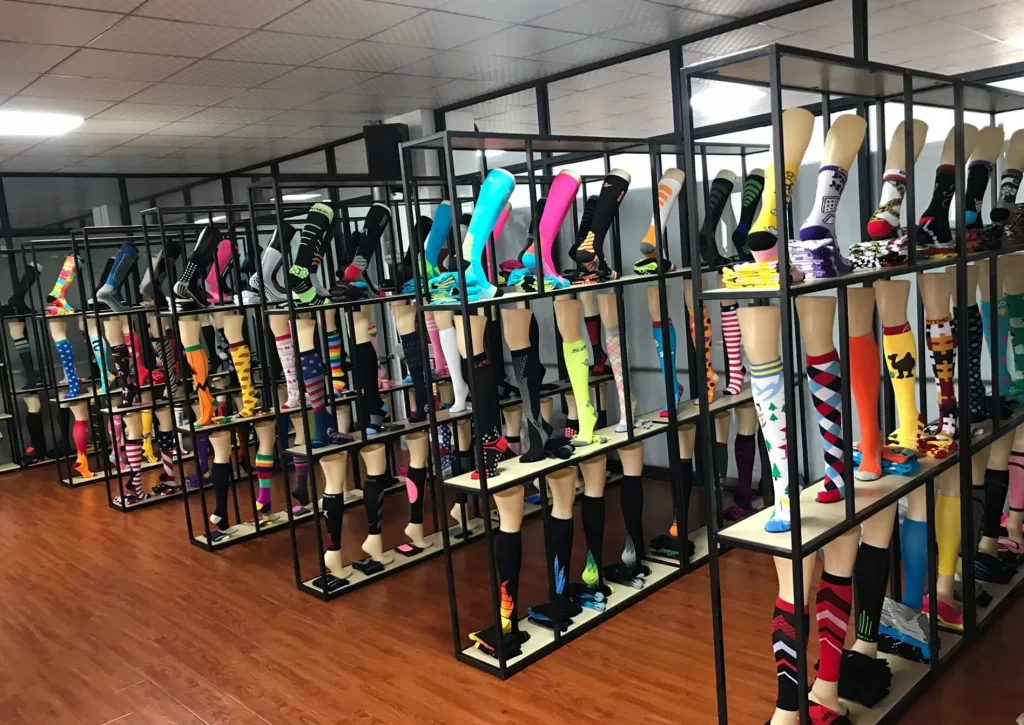
Compression socks are not just performance gear for runners—they’re a growing business opportunity in the sportswear market. The right compression socks help athletes improve circulation, reduce fatigue, and speed up recovery, making them a must-have product for professional runners and fitness enthusiasts alike.
As a specialized compression sock manufacturer, Max Hosiery provides bulk production, wholesale supply, OEM/ODM services, and custom designs for global brands, retailers, and distributors. Partnering with us means reliable quality, flexible customization, and competitive factory-direct pricing—helping your business grow with products runners trust.
